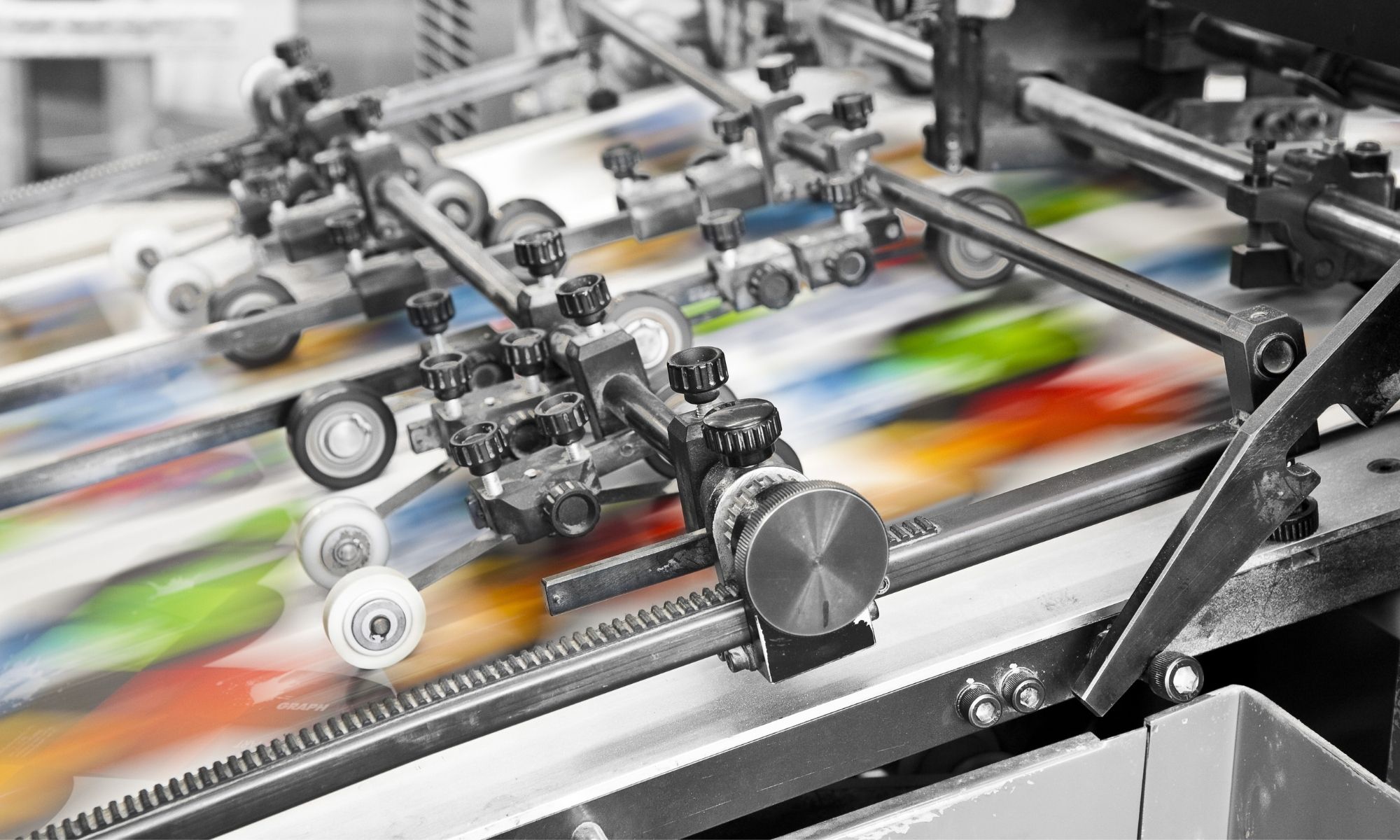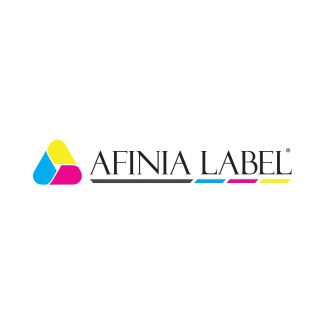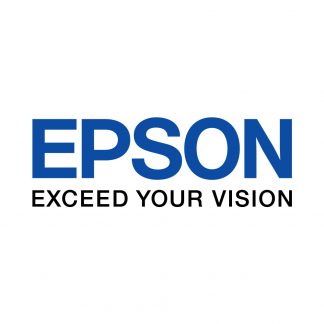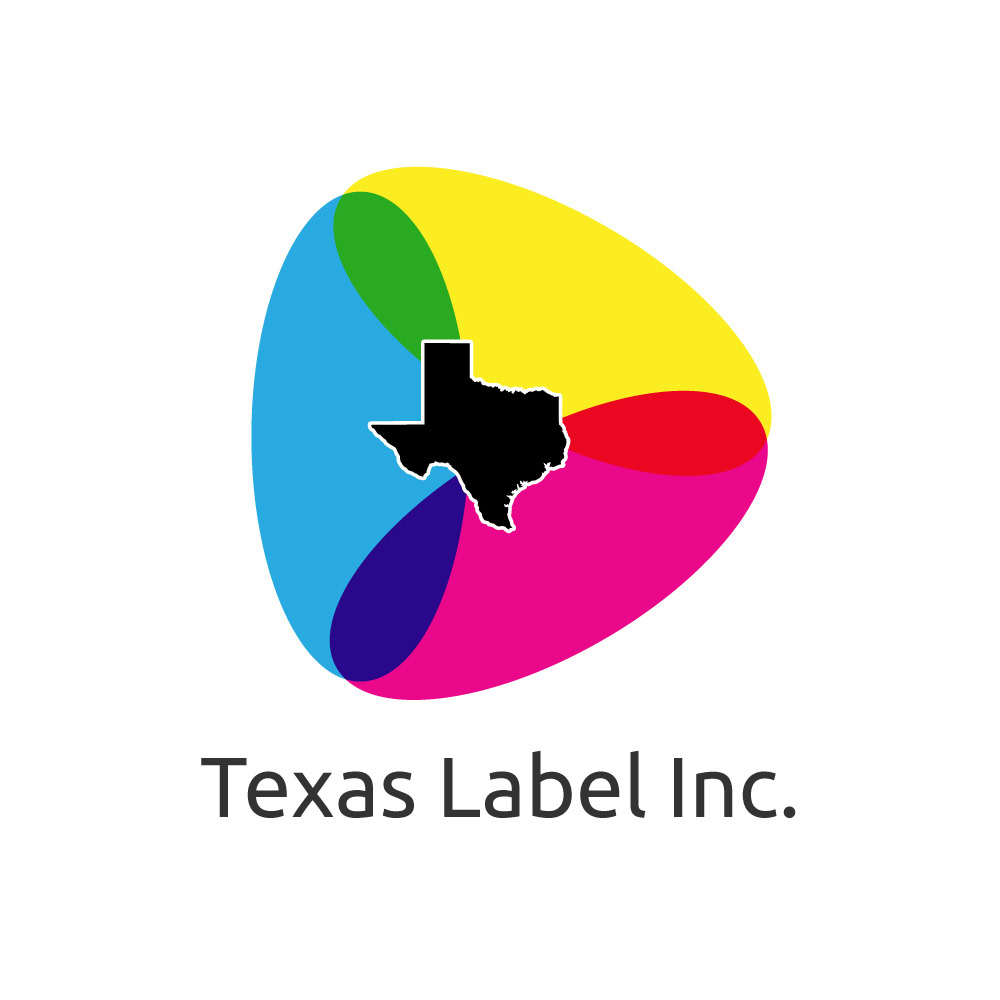
While both printing processes use the traditional method of printing plates and wet ink, there are significant differences between flexographic and offset printing. Both types of printing have their advantages and disadvantages, and both processes are also suited for printing specific products. While both methods are popular, it is worthwhile to understand how they differ and the roles they are meant to play. Learn more here, as we investigate the differences between flexographic and offset printing.
Types of Plates
One of the first big differences between these two printing processes is the type of plates they use. Flexographic printing uses flexible plates that are designed for a rotary printing process. To make them capable of wrapping around a printing cylinder, the plate is made from a photopolymer compound. The plate holds the relief image, which is set by a laser image setter. The polymer in the space that holds no image is washed away in a processing unit by a solvent. A rotating roller is then used to transfer the ink onto the plate. Each color must be present via a separate printing station and flexographic plate. The image will then be printed straight onto the substrate.
In the process of offset printing, the plate is made of aluminum. Through a series of rollers, the ink is transferred onto the plate, which then transfers the image onto a blanket, and finally onto a substrate. Offset printing can use a flat-bed process or a rotary process.
The Inking Process
The inking process varies significantly between flexographic and offset printing. Flexographic printing can operate with multiple types of inks, whereas offset printing consists of four mixes, known as process colors. Each color has a specific printing station. The flexo process uses multiple print stations for spot colors, which can be shipped in pre-mixed options, or you can mix them in-house. While both flexo and offset printing can use water-based, UV curable ink, flexographic printing processes can also use solvent-based inks.
Suitable Materials and Products
Of the differences between flexographic and offset printing, this is one of the most significant. Offset printing machines can print on materials such as paper, cardboard, metal, cellophane, and vinyl, so long as the surface is flat and smooth. This makes offset printing better for producing items such as books, newspapers, magazines, posters, and brochures.
Flexographic printing can be used on a larger variety of materials. Unlike offset printing, flexography can print on materials such as foil, fabric, and plastics. This makes it suitable for products such as packaging, envelopes, retail bags, wallpaper, wrappers, and label stock. While flexography can achieve high-speed production and good color quality, certain products can be produced better through more recent technologies. For instance, if you are printing labels, a high-quality industrial label printer can produce better quality color than a flexographic or offset printing machine.



